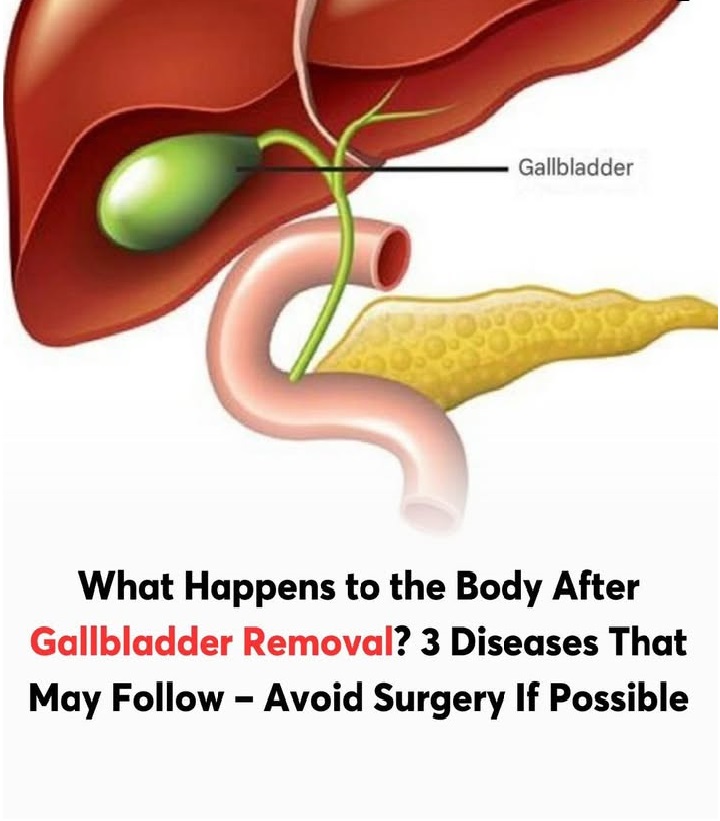The Role of the Gallbladder and What Happens After Its Removal
The gallbladder, a small organ beneath the liver, plays a vital role in storing bile and aiding digestion. When we eat, it releases bile into the duodenum to help break down fats. Bile also has antibacterial properties, acting as a protective agent for the digestive system.

Should the Gallbladder Be Removed If Gallstones Are Found?
Whether gallbladder removal is necessary depends on the size and impact of gallstones. If they are small and cause no significant symptoms, conservative treatment and monitoring are often recommended. However, if gallstones lead to severe pain, inflammation, or complications like cholecystitis, doctors may suggest surgery.
How the Body Changes After Gallbladder Removal
- Reduced Fat Digestion – Without the gallbladder, bile is released continuously rather than as needed, making fat digestion less efficient.
- Indigestion – Some people experience bloating and discomfort due to the constant flow of bile into the digestive tract.
- Gut Bacterial Imbalance – The gallbladder’s role in regulating bile flow also helps maintain gut bacteria balance, which may be disrupted after removal.
- Bile Reflux – Without the gallbladder, bile can flow directly into the stomach, causing irritation and discomfort.
- Dietary Adjustments – Many individuals need to limit fatty, fried, or strongly flavored foods while increasing fiber intake to avoid digestive discomfort.
- Sleep Disruptions – Some people report poor sleep quality, anxiety, and insomnia after surgery, though these symptoms often improve over time.
3 Potential Health Risks After Gallbladder Removal
- Reflux Gastritis – Weakened digestion and bile reflux can lead to chronic irritation in the stomach, increasing the risk of gastritis.
- Increased Risk of Colon Cancer – Studies suggest that bile acid changes after gallbladder removal may contribute to a higher risk of colon cancer.
- Common Bile Duct Stones – Without the gallbladder, bile stagnation in the bile ducts can increase the risk of stone formation.
Recommended Diet After Gallbladder Removal
- Easily Digestible Foods – Liquid or semi-liquid meals, such as egg custard and lotus root starch, help ease digestion.
- High-Quality Protein – Foods like eggs, fish, beef, and milk support recovery and wound healing.
- Whole Grains – Nuts and seeds, like peanuts and almonds, help maintain digestive health, but fried and processed versions should be avoided.
How Long Does Recovery Take?
Most patients are discharged within 1 to 3 days following laparoscopic gallbladder removal. Doctors assess pain levels, wound healing, and digestive function before allowing discharge. If no complications arise, normal activities can gradually resume in the following weeks.
Though gallbladder removal is sometimes necessary, it’s essential to consider all options and understand its long-term effects on digestion and overall health.